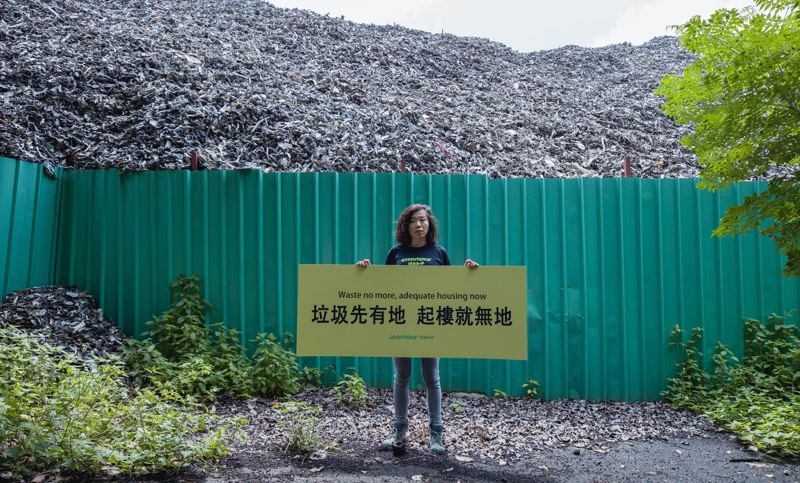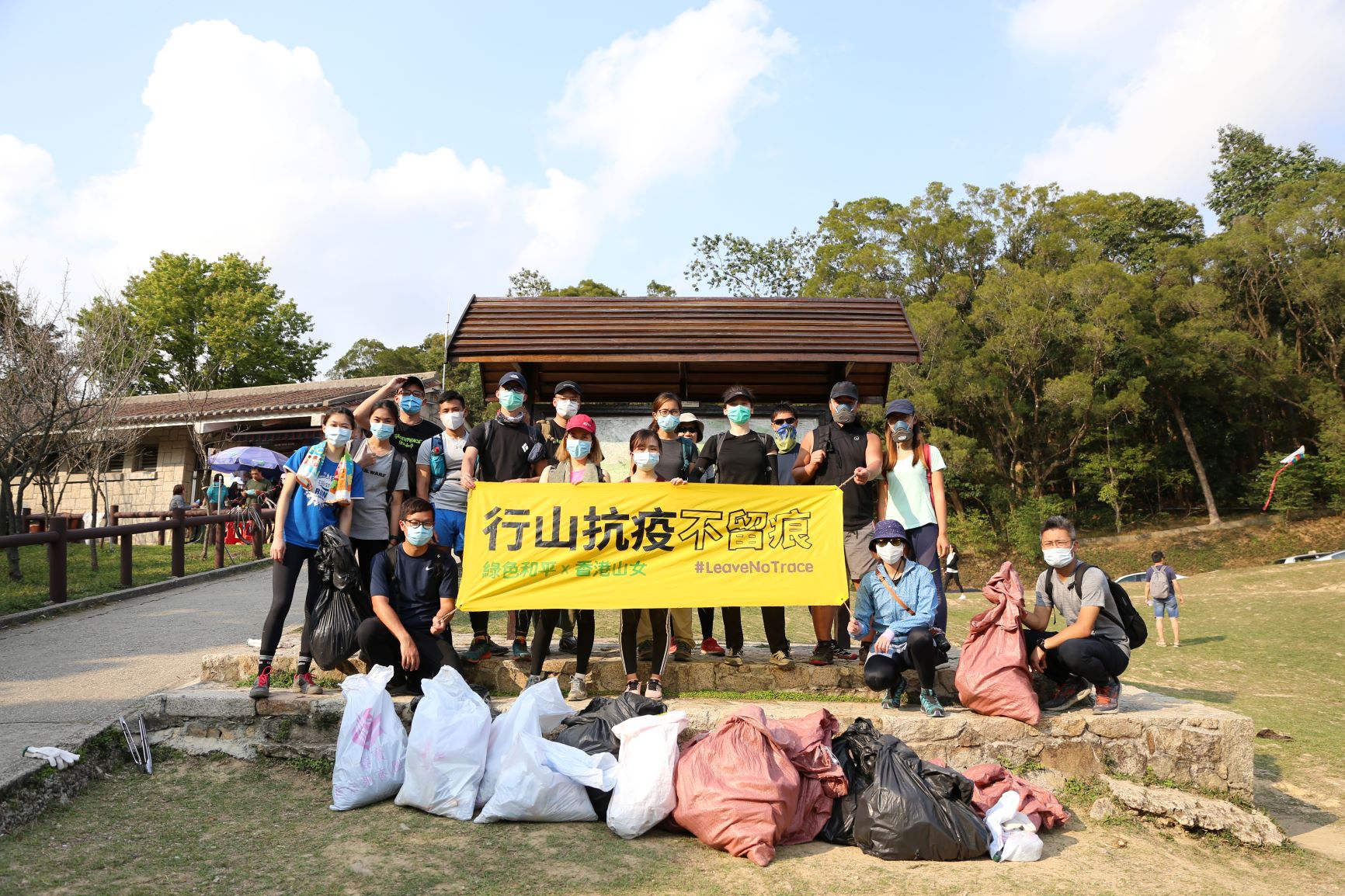Beijing, 23 April 2019 – Chinese cities transfer polluted land sites on quick turnarounds that imperil proper clean-up and treatment, as many municipal governments depend on transfer fees for revenue, and in all made 104.9 billion RMB ($15.6 billion USD) in revenue from the sale of land plots, many former chemical plants, that were identified as polluted under a new law this year.
Bao Hang, a toxics campaigner with Greenpeace East Asia in Beijing, said: “Because land transfer fees are such an economic booster for many Chinese cities, the redevelopment of polluted sites is an obvious choice. But the human and environmental health risks are ignored in this process, where cities sell land for development before even considering soil quality. Polluters rarely pay for the mess, and that burden goes from them to cities, developers, and finally to people who don’t even know they’re on toxic soil.”
China has a severe soil pollution problem, and a new law that came into effect in January seeks to hold polluters accountable and give power and responsibility to local governments to manage toxic land. This started with the first ever widespread public disclosure of information on toxic land sites in China. An analysis of the reported sites and their present status, though, shows a series of risks associated with low oversight and monitoring of the process, which at present is a black box.
A clear set of trends emerged from the compiled reports. Cities transfer land faster the more they need money, as cities with a calculated “high dependence on land transfer fees” moved land on average 56 days faster than those with “moderate dependence.” Land is sold before it is remediated — 44% of sold plots had not been remediated, and only 30% had completed the process entirely. For cities, a more diverse array of pollutants means more expensive clean-up (Wuhan has the most expensive clean-up). Chemical manufacturing polluted more than any other industry by far, followed by steel.
“Who pollutes pays” is the basis of this year’s soil pollution law. But of the reported plots, only one-third were still the responsibility of the original, polluting tenant. Meanwhile, more than 50% were already owned by local governments, and 15% by property developers, with upcoming plans for the land. Almost 25% of the land had already been sold. Shanghai identified 14 polluted sites under the new law, and had already transferred 11 of them to the next tenant.
Out of the entire list, 47% of the land will be used for commercial or residential development, while 18% will be schools, greenspace, hospitals, etc. This is particularly concerning, since these places of frequent, high-density population, which escalates the human risk of toxic soil. To protect people, environmental bureaus need to get involved in soil quality checks during the planning stage of development, and the law should strictly prohibit the transfer of unresolved pollution. There is also a transparency issue.
Bao said: “People aren’t getting public access to information on the land they live, work, and go to school on. Often, people find out about toxic soil after it’s too late. The new law is a huge step forward, but it needs stricter ways to protect people and incentivize proper clean-up. ”
[1] Media briefing available here (in English). Full report here (in Chinese).
Media Contacts:
August Rick | Greenpeace East Asia, Beijing | +86 15528189404 | [email protected]
Greenpeace International Press Desk, [email protected], phone: +31 (0) 20 718 2470 (available 24 hours)



